Preliminary study suggests T2 may be a clinically significant biomarker of kidney disease progression
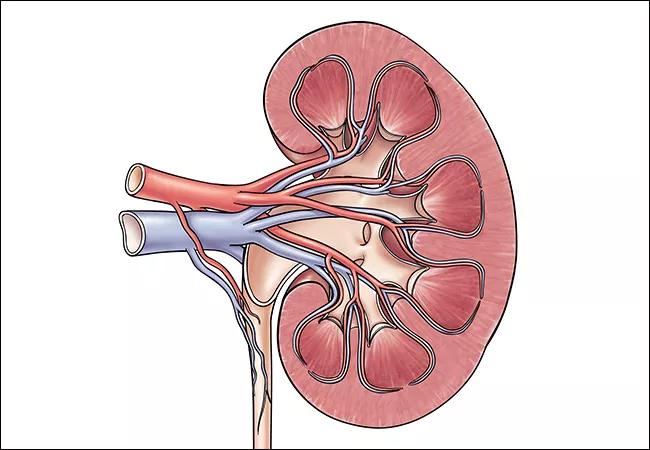
ARPKD affects 1 in 20,000 children and is associated with significant morbidity and mortality. There are no curative treatments for this progressive disease. Clinical trials in ARPKD patients have not been possible due to the lack of sensitive measures of kidney disease progression that might be used to assess therapy response over the 2-4 year period of a typical clinical trial.
Advertisement
Cleveland Clinic is a non-profit academic medical center. Advertising on our site helps support our mission. We do not endorse non-Cleveland Clinic products or services. Policy
If eGFR decline alone were used as a primary endpoint, over 400 patients with moderate CKD – about one-third of ARPKD patients in the U.S. – would need to be enrolled in a 4-year clinical trial in order to detect a statistically significant difference between a treatment and placebo group. Also, in ARPKD, simple volumetric measures cannot be used as a surrogate biomarker for disease progression because the kidneys may stabilize in size or may get smaller over time.
“Our collaborative group, which includes Chris Flask, PhD, and colleagues from Case Western Reserve University Department of Radiology, previously reported that T2-magnetic resonance imaging (MRI) sensitively detected cystic kidney disease progression and response to therapy in the polycystic kidney (PCK) rat, which harbors a mutation in the rat orthologue of the human ARPKD gene,” says Katherine Dell, MD, Vice Chair for Research at Cleveland Clinic Children’s, pediatric nephrologist, and senior author on the study. “Unfortunately, the PCK rat looks phenotypically much more like slowly progressive forms of ARPKD, which are less common. We were curious to see if our findings would be valid in a more classically appearing model, such as the bpk mouse model, which develops early-onset, severe disease, and to very initial studies in ARPKD patients.”
Mean T2 is volume independent, looking at total amount of brightness. A stronger signal implies water (i.e., cystic tissues), and is orange and red. A less strong signal is blue.
Advertisement

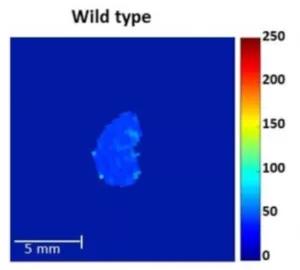
Researchers calculated mean T2 for both the bpk wild type mouse. The bpk kidney is very large, and the T2 signal is much higher compared with the wild type.
“The model is very consistent: with progressive age, we get progressive kidney disease, and cystic kidneys are readily distinguishable from normal kidneys,” Dr. Dell notes. “The MRI results are very consistent with the well-established histologic (microscopic) appearance of these cystic bpk mouse kidneys over time. But as some people have correctly pointed out, you don’t need an expensive MRI to tell the difference between a cystic kidney and a noncystic kidney. So, what we were really interested in was whether T2 could detect changes in the severity of cystic kidney disease over time. We want to be able to distinguish between the ARPKD kidneys, not just between normal versus ARPKD kidneys.”
To test this, the team analyzed mean kidney T2 in cystic and normal mice at three different ages using Pearson’s correlation coefficient and found a statistically significant correlation between mean T2 and age in cystic mice compared with no association with the wild type as illustrated in the graph below.
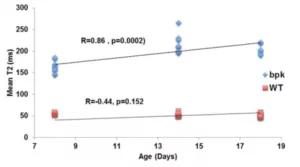

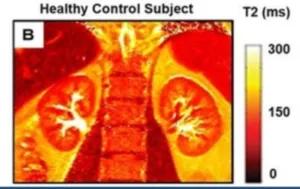
In order to determine if T2 mapping could be potentially useful in human ARPKD, Dr. Dell and colleagues then obtained initial MRI T2 maps in three children with ARPKD (A 1-3) and one healthy control subject (B).
As Dr. Dell described the findings, “Subject 1 has visibly highT2 (appears very bright), suggesting a large cyst burden, which is very typical for more severely affected ARPKD patients.” In contrast, “Subjects 2 and 3 have lower T2 (less brightness), but it is still much higher than the healthy control’s kidneys.”
Advertisement
Preliminary data in humans show that mean T2 is higher in ARPKD patients versus healthy controls, and is able to distinguish between mild and more severe disease. Further studies in a larger cohort of ARPKD subjects are currently underway to better define changes in mean T2 over the course of human ARPKD kidney disease.
Advertisement
Advertisement

Systemic change needed to improve health outcomes for parents and children, say researchers
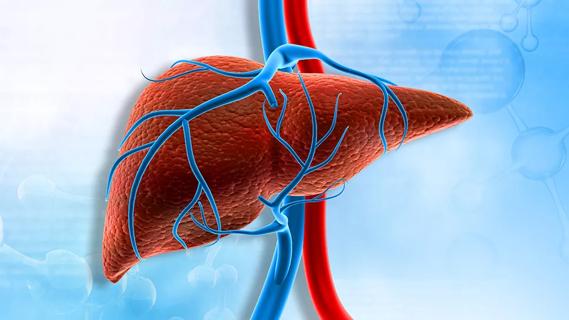
Rare genetic variant protected siblings against seizures and severe hypoglycemia

Movie has more positive impact than expected, says Head of Adolescent Medicine
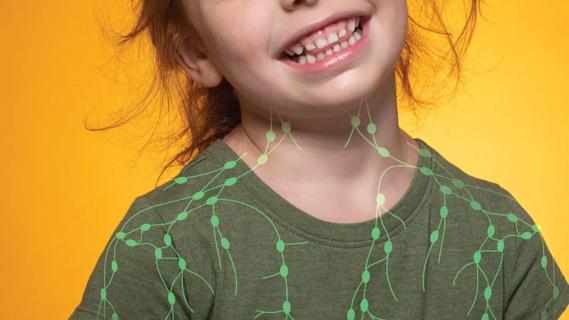
Genetic changes are similar between some vascular anomalies and cancers
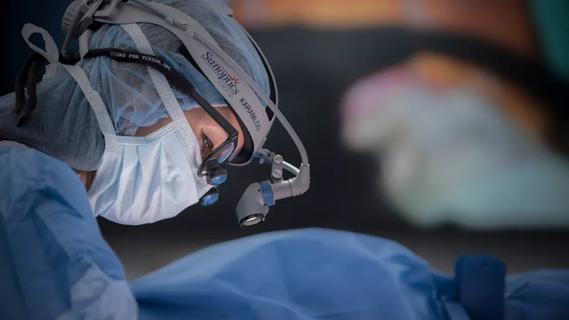
Expert panel advises a two-tier structure for surgical centers
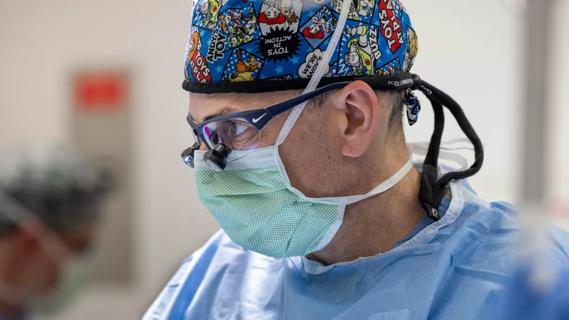
Our new head of pediatric general and thoracic surgery shares his passion and vision

Basic understanding of condition and treatment is lacking